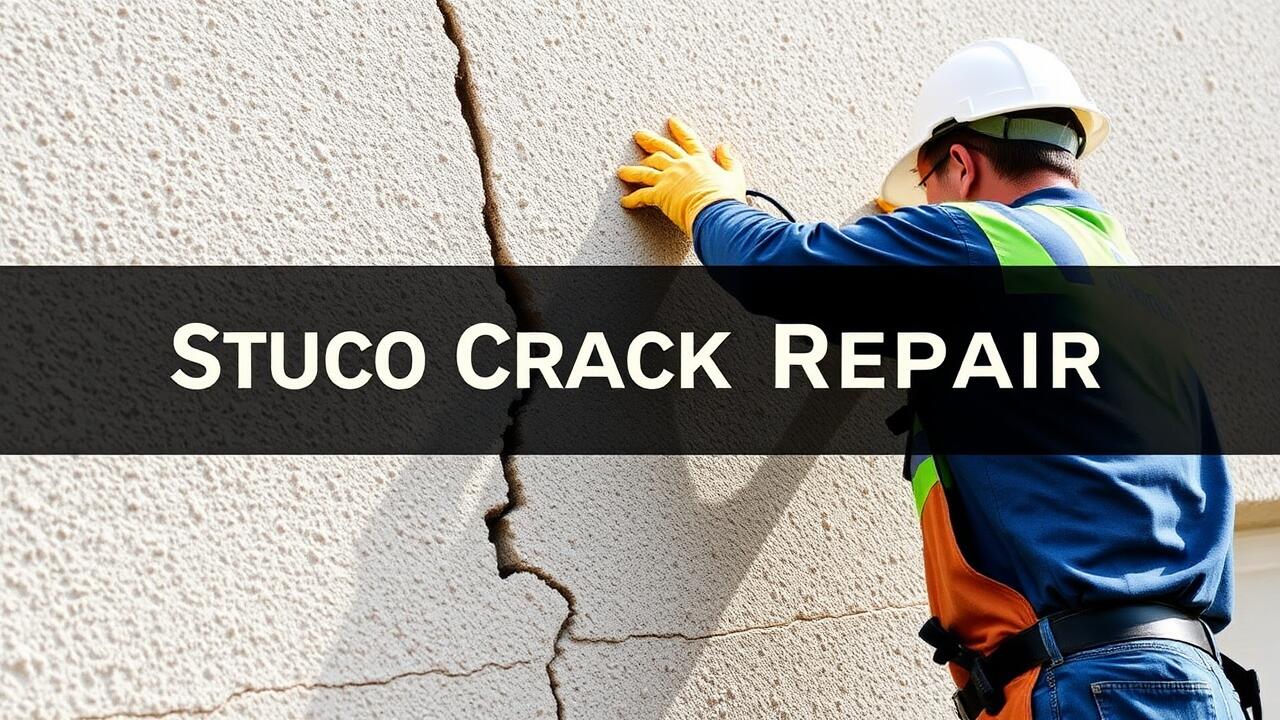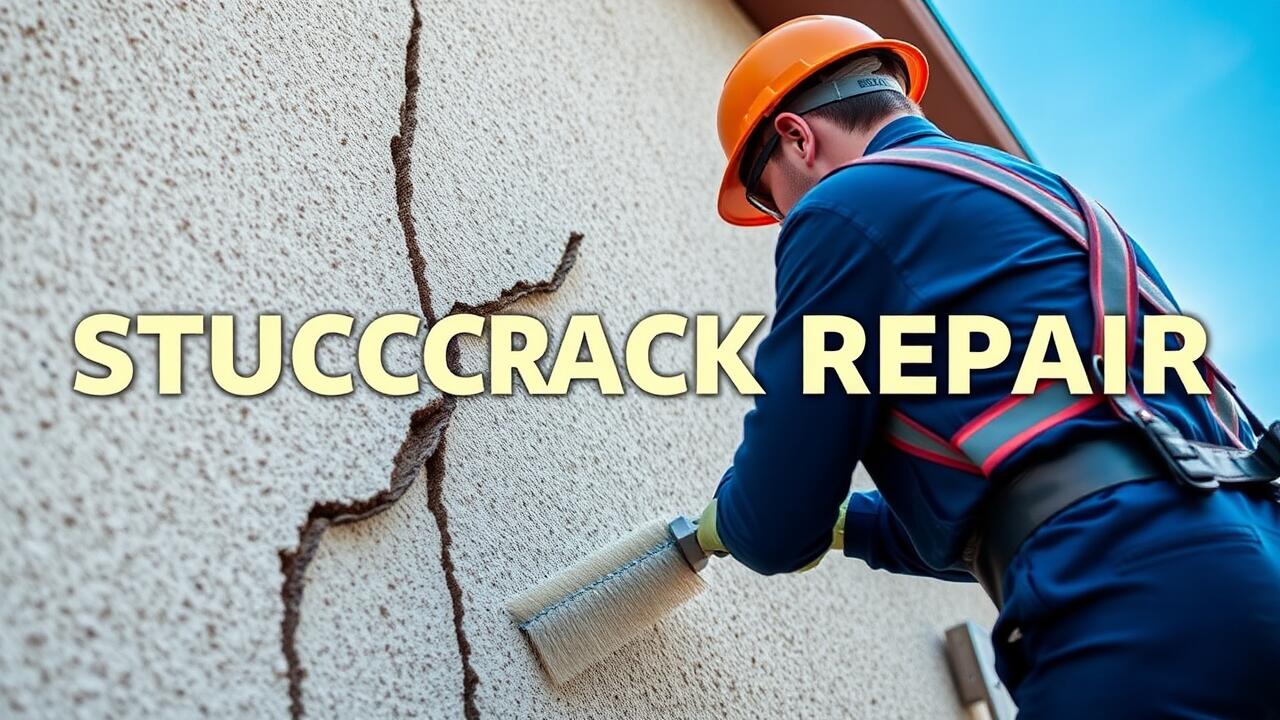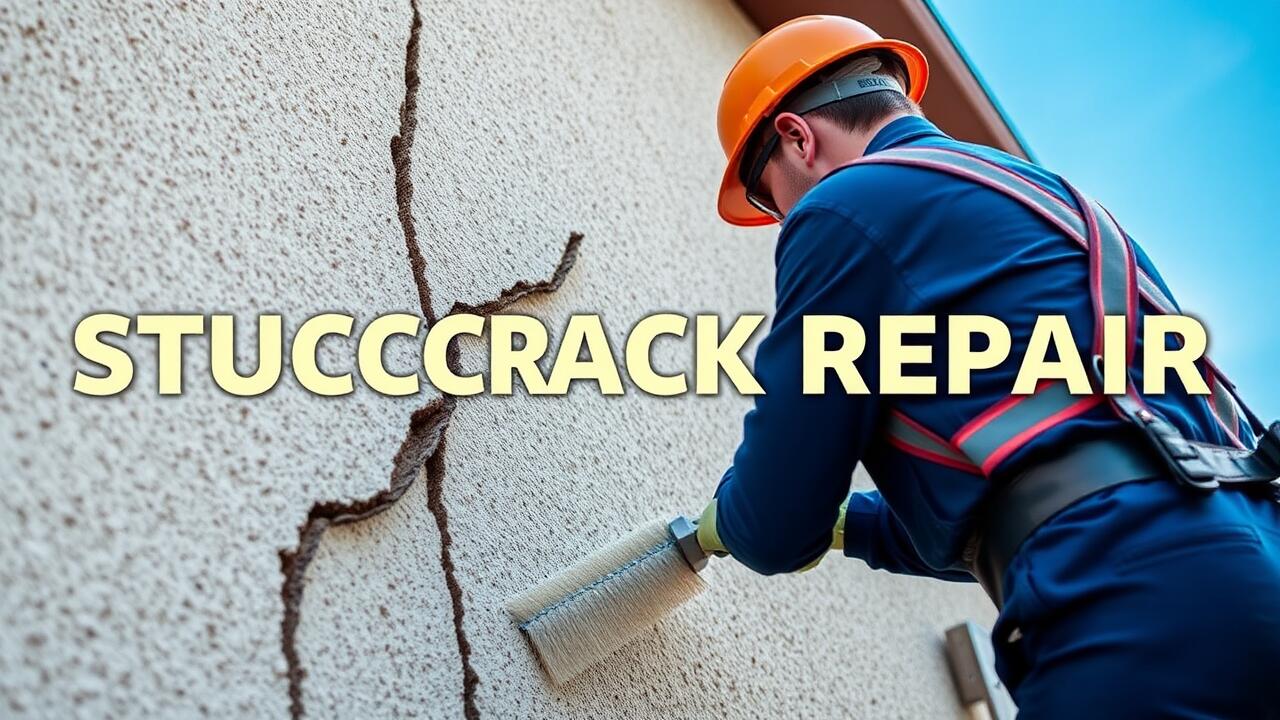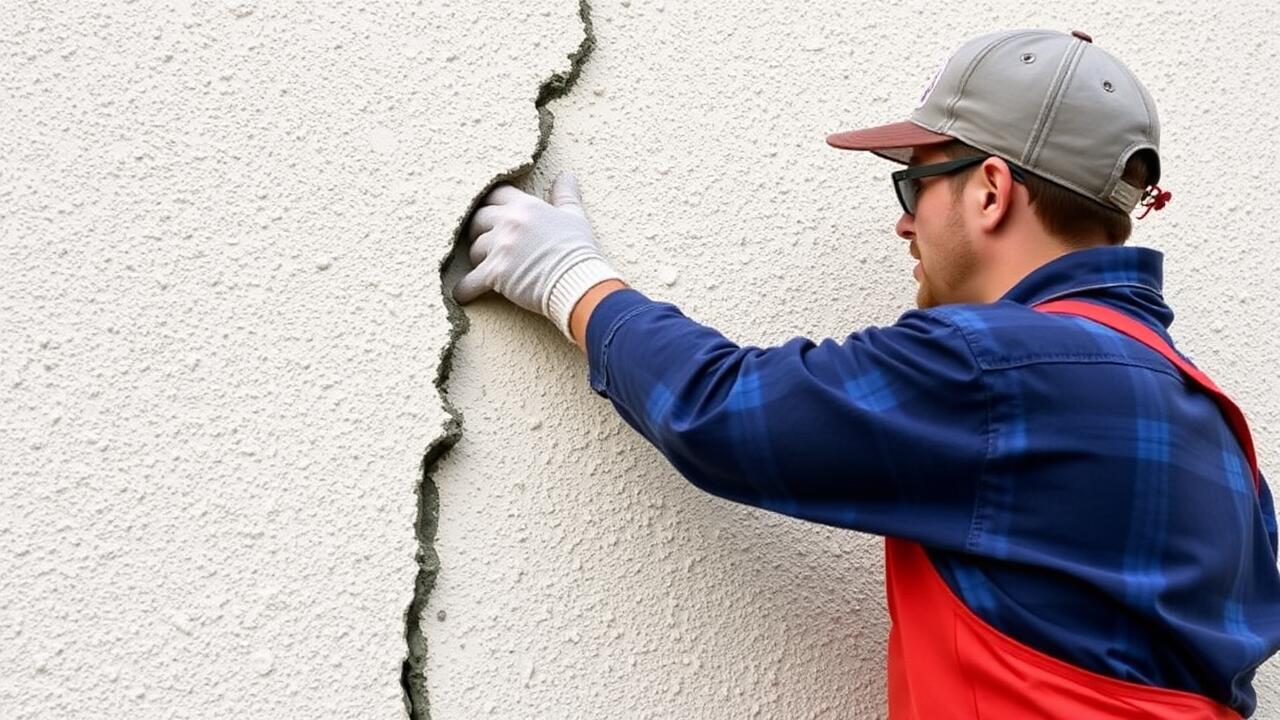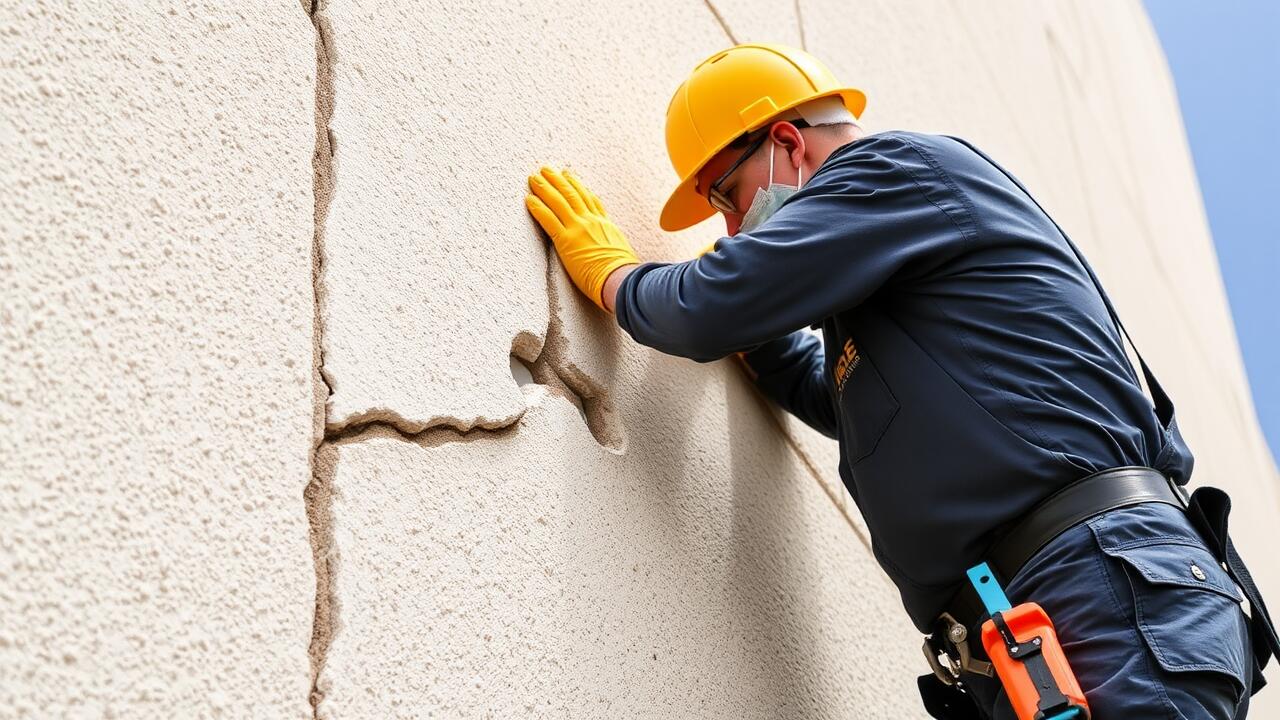
Mixing and Applying the Repair Compound
When undertaking a stucco repair, it is vital to begin with a well-mixed repair compound. Start by gathering the necessary materials, which typically include pre-mixed stucco repair compound or dry mix, water, and a mixing container. If using a dry mix, follow the manufacturer’s instructions for the correct water-to-dry mix ratio. Carefully combine the ingredients until you achieve a smooth consistency free of lumps. Proper mixing ensures adhesion and durability, which are crucial for long-lasting repair results.
After achieving the right consistency, apply the compound into the crack using a trowel or putty knife. Gently press the compound into the damaged area, ensuring that it fills the crack completely. It's essential to slightly overfill the crack to allow for shrinkage as the compound dries. For residents looking to undertake their own repairs, particularly those in need of Stucco Crack Repair in Westchester, Los Angeles, this careful application is foundational to restoring the integrity of the stucco surface.
Tips for Properly Mixing Stucco
When mixing stucco, follow the recommended guidelines on the product packaging for the best results. Start with clean tools and containers to avoid contamination. Combine dry ingredients thoroughly before adding water. Adjust the water amount carefully to achieve a workable consistency, neither too dry nor overly wet.
In regions like Chatsworth, Los Angeles, where weather conditions can vary, consider the humidity and temperature when mixing. It's helpful to mix small batches that can be used quickly to prevent the compound from setting before application. Ensuring the mixture is uniform will contribute to a durable and appealing stucco crack repair.
Texturing the Repaired Area
Texturing the repaired area is essential for achieving a seamless blend with the surrounding stucco. This involves replicating the existing texture, which can vary from a smooth finish to a more pronounced finish with a rough surface. Using a stencil or a textured roller can help in recreating the specific pattern found in the original stucco. For those considering a professional touch, services like Stucco Crack Repair in Chatsworth, Los Angeles, can provide expert assistance to achieve a flawless result.
Once the texture matches, it's important to allow the repair to cure properly before applying any paint or sealant. This drying time ensures that the new material bonds effectively with the existing structure. If the weather is particularly hot or windy, consider misting the area lightly with water to help the drying process without causing cracks. A well-executed texturing job not only enhances the visual appeal but also protects the integrity of the repair.
Techniques for Matching Existing Stucco
Matching the texture of existing stucco can be challenging, but it plays a crucial role in achieving a seamless appearance after repairs. For small cracks, a simple sponge technique can work well. Dampen a sponge and dab it into the wet stucco, creating a stippled effect. For larger areas, a trowel may be necessary to spread the repair compound, followed by a brush to create the desired texture. Study the surrounding texture closely before commencing to ensure that the new material blends smoothly with the old.
When performing stucco crack repair in Westchester, Los Angeles, consider using a pre-mixed stucco texture compound. This solution can save time and effort while providing a consistent finish. Additionally, consider taking samples from the existing stucco to test various texturing techniques on a small patch before applying them to the entire area. This process allows for adjustments and ensures that the final result will closely match the surrounding surface.
Sealing the Repair
Sealing the repair is essential to ensure the longevity and effectiveness of the stucco crack fix. Once the repair compound has cured, apply a suitable waterproof sealant to the affected area. This step helps prevent moisture from seeping into the repaired section, which could lead to further damage. It is crucial to choose a sealant specifically designed for stucco to maintain compatibility and maximize protection against the elements.
In locations like Chatsworth, Los Angeles, where weather conditions fluctuate, sealing is particularly important. A well-sealed repair not only enhances durability but also aids in preserving the aesthetic appeal of your home. Regular maintenance of the sealant is advisable to ensure it remains effective over time. Consider scheduling periodic inspections to address any wear and tear, making sure your stucco remains in top condition.
Importance of Waterproofing
Waterproofing is a crucial step in ensuring the longevity of any stucco repair. Moisture can seep through cracks and lead to mold growth, structural damage, or other issues. When waterproofing the repaired area, use a high-quality sealant specifically designed for stucco. This not only protects the repair but also helps maintain the appearance of your exterior finish. Proper application of the sealant will prevent water infiltration and keep your home safe from the elements.
For those considering a project like Stucco Crack Repair in Chatsworth, Los Angeles, incorporating waterproofing measures is essential. Neglecting this step can result in future repairs that may be more extensive and costly. By sealing the repaired area effectively, homeowners can avoid common pitfalls associated with moisture damage. This investment in waterproofing ensures that the repaired stucco remains intact and continues to perform well over time.
FAQS
What materials do I need to repair a crack in exterior stucco?
You will need a stucco repair compound, a mixing tool, a trowel, a brush, and possibly a waterproof sealant for finishing.
How do I know if a crack in my stucco needs to be repaired?
If the crack is wider than 1/8 inch or if you notice water damage or additional cracking around it, it’s best to repair it to prevent further issues.
Can I paint over the repaired stucco immediately after applying the compound?
It is recommended to wait at least 24 hours for the repair compound to fully cure before painting over it to ensure proper adhesion.
Is waterproofing necessary after repairing stucco cracks?
Yes, sealing the repair with a waterproofing agent is important to prevent moisture infiltration, which can lead to further damage.
What should I do if the crack keeps coming back after repair?
If the crack reappears, it may indicate underlying structural issues. It's best to consult a professional to assess and address the root cause of the problem.
